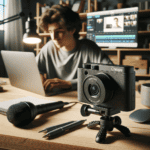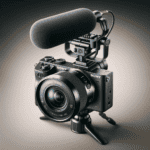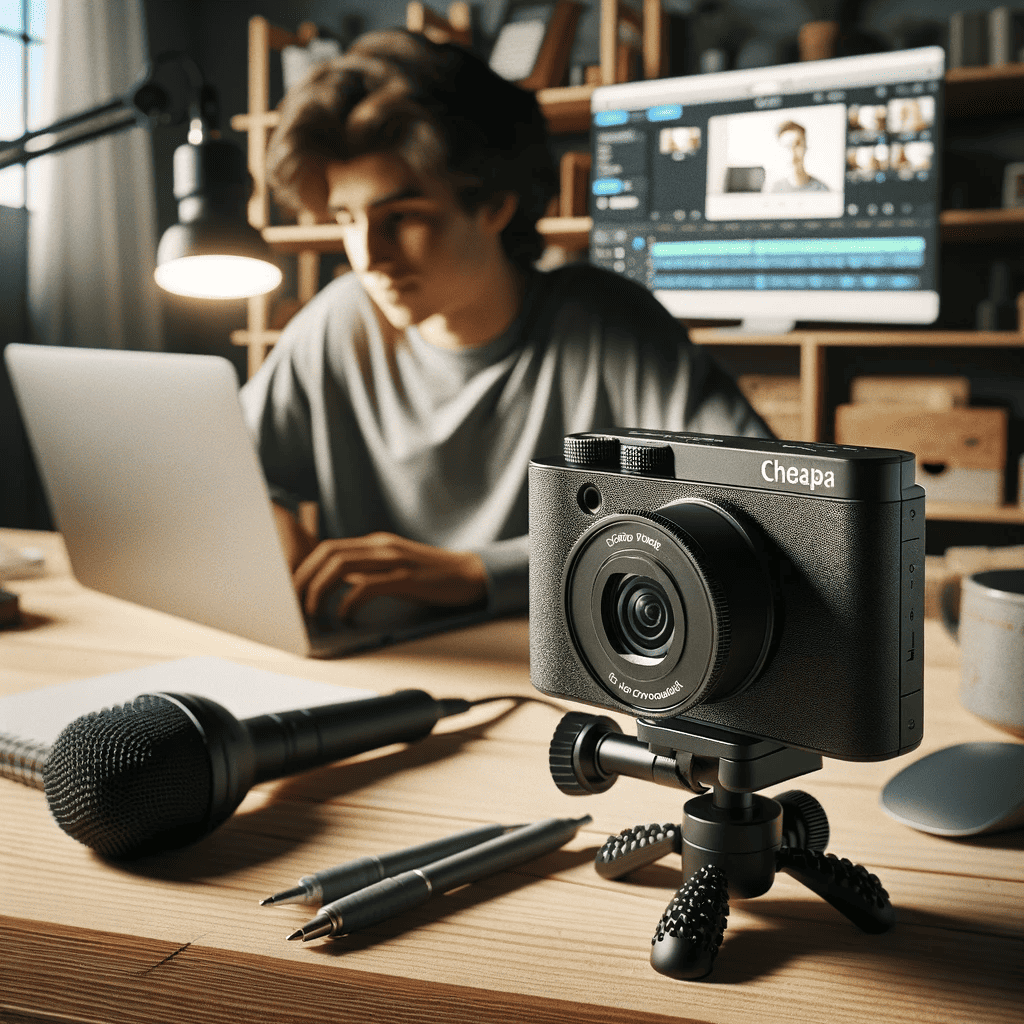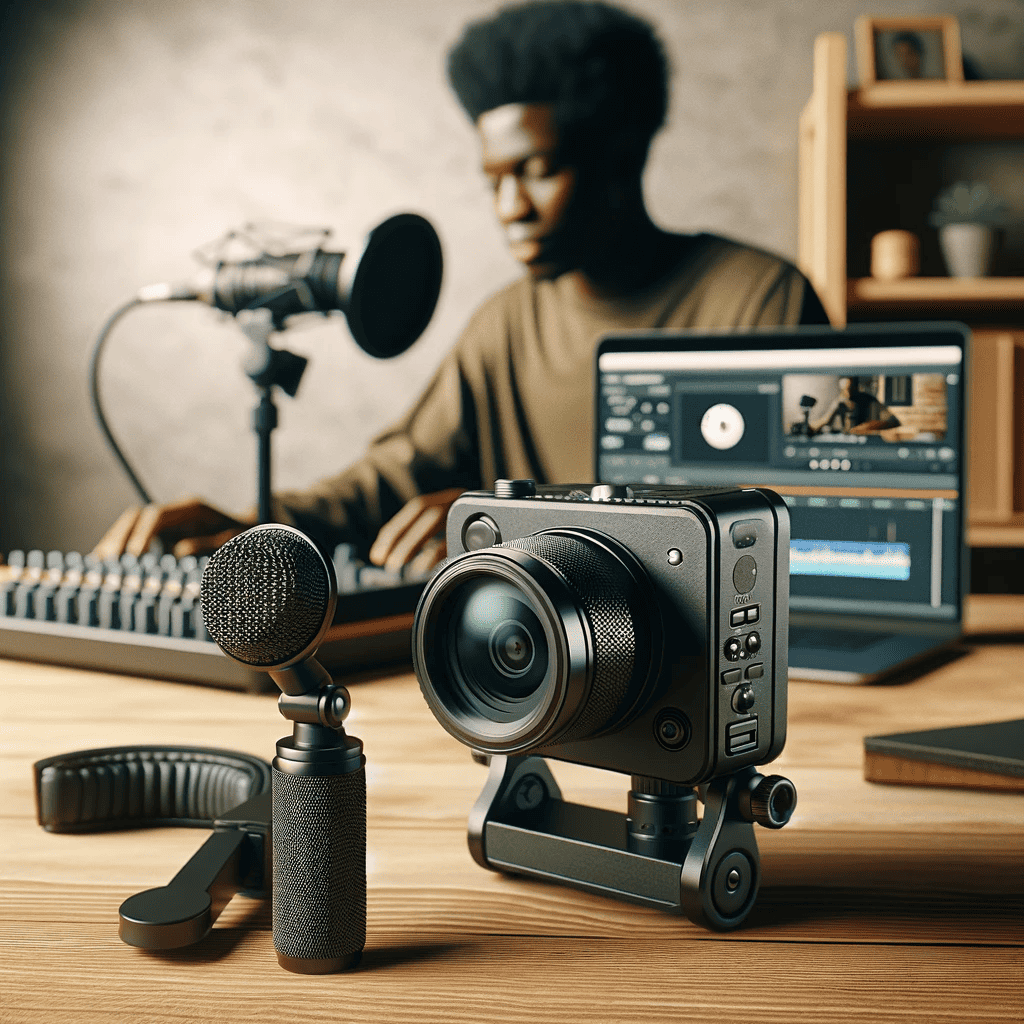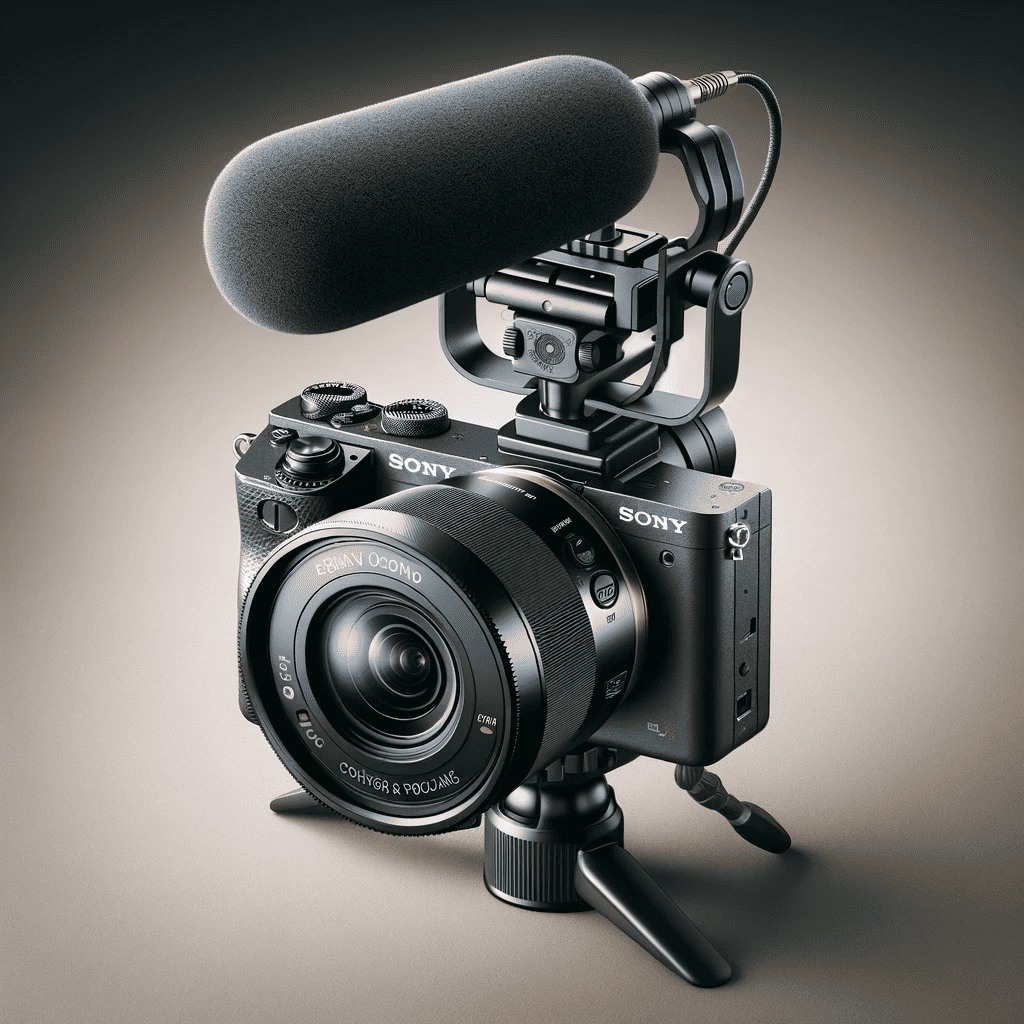Introduction
Instant cameras, also known as Polaroid cameras, are a fascinating fusion of nostalgia and modern technology. These portable devices allow users to capture a moment and have it instantly printed on a physical photograph. Unlike digital cameras or smartphones, instant cameras provide a tangible experience that engages all the senses.
The sound of the shutter click, the anticipation as the film develops before your eyes, and finally, holding the actual photograph in your hand. Over the past few years, instant cameras have experienced a resurgence in popularity among beginners in photography.
With the rise of digital photography dominating our lives, there is a growing desire to break free from virtual images and embrace something more tangible. Instant cameras offer this escape by bridging the gap between capturing moments and having physical photo prints that can be enjoyed immediately.
Definition of Instant Cameras
An instant camera is a type of camera that allows you to take photographs that are instantly processed into physical prints. Unlike traditional film cameras where you had to wait for film development and printing at a lab or darkroom, instant cameras provide immediate gratification by producing tangible photos within seconds after capturing an image.
The technology behind instant cameras involves integrating both film development chemicals and printing techniques into one compact device. When you press the shutter button on an instant camera, light passes through the lens onto a light-sensitive film sheet contained within each exposure frame.
This exposure triggers chemical reactions within the film that develop colors or monochrome tones. Once developed, these images are pressed against another layer containing reactive dyes or pigments which transfer onto paper to form an instant print.
Growing Popularity Among Beginners

It’s no surprise that instant cameras have become increasingly popular among beginners in photography due to their unique characteristics and advantages they offer over other forms of image capture. One of the main reasons for this popularity surge is the desire to have a physical representation of memories and moments. In a world where digital photos can easily get lost or forgotten on a hard drive or social media feed, instant cameras provide a tangible and permanent reminder of special occasions.
Furthermore, instant cameras offer beginners an opportunity to learn and understand the fundamentals of photography in a more hands-on and intuitive way. Unlike digital cameras with complex settings and technical jargon, instant cameras typically have simpler controls, making them beginner-friendly.
This allows individuals to focus on composition, lighting, and framing without getting overwhelmed by technicalities. The immediate feedback provided by instant prints also helps beginners analyze their shots more effectively and make adjustments for future shots.
Overview of Instant Cameras
How instant cameras work
Instant cameras, also known as Polaroid or instant film cameras, are a type of camera that allows users to capture a moment and instantly print out a physical photograph. Unlike digital cameras that store images electronically, instant cameras employ a unique film and development process that enables the immediate creation and printing of photographs.
When the shutter button is pressed, light passes through the camera’s lens and captures the scene onto light-sensitive film. This film consists of layers containing chemicals responsible for capturing light and developing the image upon exposure.
Film and development process
The film used in instant cameras is composed of several layers: an image-receiving layer, a developer layer, an opacifier layer, an acid layer, and a timing layer. Once exposed to light, the image-receiving layer captures the photons and initiates a chemical reaction that releases dyes within the developer layer.
The dyes then spread onto the opacifier layer where they form visible colors corresponding to different wavelengths of light captured by the camera. As soon as the photo is taken, it enters into a roll inside the camera where it undergoes a series of chemical reactions.
These reactions involve activating various elements within each film layer through pressure rollers or other mechanisms present in different camera models. The acid layer neutralizes any remaining alkaline solutions from development while timing layers control how quickly each step occurs.
Instant gratification of printed photos

One distinct advantage offered by instant cameras is their ability to provide immediate gratification through printed photos. As soon as an image is captured and processed inside the camera, it emerges from a slot on top or front as a tangible photograph.
Seeing their memories materialize before their eyes offers users an incredibly satisfying experience that digital photography often lacks. This instantaneous nature makes instant cameras perfect for social gatherings, parties, and events where people can share physical prints with friends and loved ones right away.
The tactile joy of holding a photograph, feeling its texture, and witnessing the colors come to life creates a sense of nostalgia in an increasingly digital world. Additionally, instant prints serve as instant keepsakes, allowing users to create personalized albums or decorate living spaces with cherished memories.
Advantages of using instant cameras for beginners
Instant cameras are particularly well-suited for beginners due to their simplicity and ease of use. Unlike complex digital cameras with extensive menus and settings, instant cameras often feature minimal controls that allow beginners to focus on composition and capturing the moment rather than getting lost in technicalities. The straightforward nature of these cameras encourages experimentation without overwhelming users with technical jargon or intricate settings.
Furthermore, using an instant camera can be an excellent way for beginners to learn the basics of photography. Instant film’s limited exposure latitude demands precision in framing shots and understanding lighting conditions.
This limitation encourages photographers to pay more attention to composition, exposure, and timing—crucial aspects in creating visually compelling images. Through hands-on experience with the physical medium itself, beginners can develop a fundamental understanding of photography principles such as focus control, lighting techniques, and even manual adjustments if their camera model allows it.
A) Fujifilm Instax Mini 11
A Perfect Blend of Style and Simplicity
The Fujifilm Instax Mini 11 is a superb choice for beginners who value both aesthetics and ease of use. With its sleek design and compact size, this camera is not only portable but also visually appealing.
One of the standout features of the Instax Mini 11 is its automatic exposure control, which takes the guesswork out of capturing well-exposed photos. This means that even novice photographers can achieve great results without having to worry about manual settings.
In addition, the Instax Mini 11 offers a dedicated selfie mode and a close-up lens attachment, allowing beginners to capture stunning self-portraits or focus on intricate details. The built-in flash ensures that your photos are properly lit, even in low-light situations.
Furthermore, the prints produced by this camera are of excellent quality, with vibrant colors that truly bring your memories to life. Pros: The Fujifilm Instax Mini 11 is incredibly user-friendly, making it ideal for beginners who want a straightforward shooting experience.
Additionally, the film used by this camera is relatively affordable compared to other instant cameras on the market. The prints it produces exhibit vivid colors that can instantly brighten up any moment captured.
Cons: While the automatic exposure control simplifies shooting for beginners, it does limit manual controls for those seeking more advanced customization options. Furthermore, keep in mind that the prints produced by this camera are smaller compared to other instant cameras.
B) Polaroid Originals OneStep+
Embrace Creativity with Modern Nostalgia

The Polaroid Originals OneStep+ combines retro-inspired design with modern technology to deliver an immersive photography experience for beginners. Its vintage appearance, reminiscent of classic Polaroid cameras, is sure to captivate those who appreciate a touch of nostalgia.
However, this camera offers more than just a charming exterior. Featuring Bluetooth connectivity, the OneStep+ allows you to connect it to your smartphone and explore an array of creative possibilities.
The manual controls provide beginners with the freedom to experiment with settings and achieve unique effects. Additionally, the camera offers exciting features such as double exposure and light painting modes, enabling users to unleash their artistic side by capturing stunning multiple exposures or playing with light.
Pros: The Polaroid Originals OneStep+ offers versatile shooting options that allow beginners to push their creative boundaries. Moreover, the larger prints it produces are perfect for showcasing your favorite moments in all their glory.
Cons: It’s worth noting that the OneStep+ comes at a higher price point compared to other instant cameras on the market. Additionally, due to its more advanced features and manual controls, there might be a slight learning curve for beginners unfamiliar with photography fundamentals.
C) Lomography Lomo’Instant Automat
Unlock Your Artistic Vision
The Lomography Lomo’Instant Automat is a compact instant camera that packs an impressive punch when it comes to creativity. Despite its small size, this camera offers multiple shooting modes that allow beginners to experiment with different styles and techniques. Whether you’re in the mood for long exposures or want to capture close-up shots using interchangeable lenses, this camera has you covered.
One standout feature of the Lomo’Instant Automat is its bulb mode which enables photographers to capture mesmerizing long exposure shots – perfect for creating dreamy landscapes or capturing urban night scenes in all their glory. This option opens up countless possibilities for those who want to delve into more experimental photography techniques.
Pros: The Lomo’Instant Automat encompasses a wide range of shooting options, making it an excellent choice for beginners who want to explore various creative effects and artistic styles. From multiple exposure capabilities to shooting with different lenses, this camera encourages experimentation and unlocks your artistic vision.
Cons: It’s important to note that the film used with the Lomo’Instant Automat can be more expensive compared to other instant cameras. However, if you’re motivated by the limitless creative opportunities it offers, the investment may be well worth it.
Conclusion
Choosing the best instant camera for beginners involves considering both functionality and personal preferences. Whether you opt for the sleek simplicity of the Fujifilm Instax Mini 11, embrace nostalgia with the Polaroid Originals OneStep+, or unlock your artistic vision with the Lomography Lomo’Instant Automat, each camera offers its unique features suited for different creative pursuits.
Regardless of which instant camera you choose on your photographic journey, remember that what truly matters is capturing moments that bring joy and evoke cherished memories. So go forth with confidence, embrace your inner artist, and let these cameras accompany you in creating tangible mementos of life’s beautiful moments.

